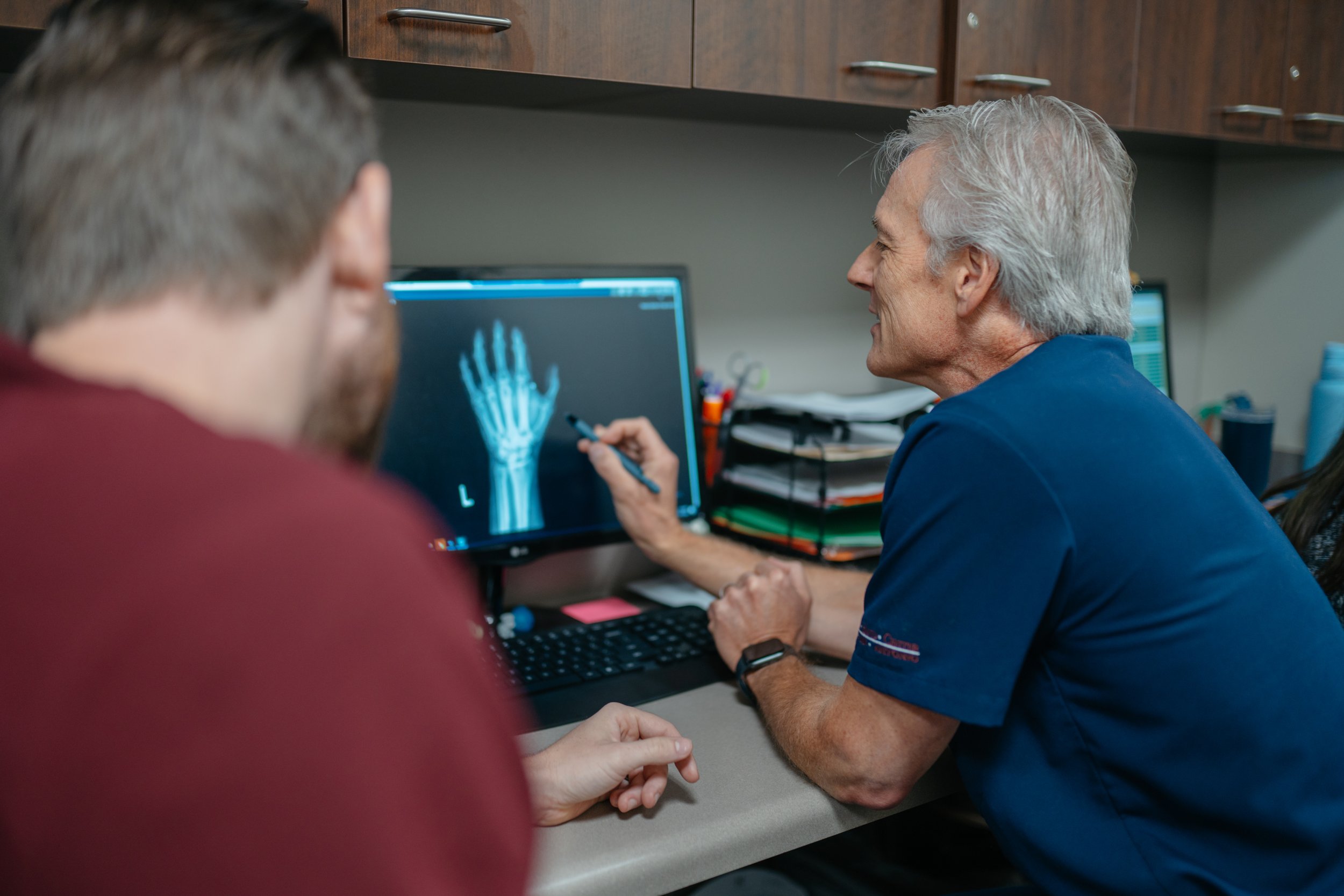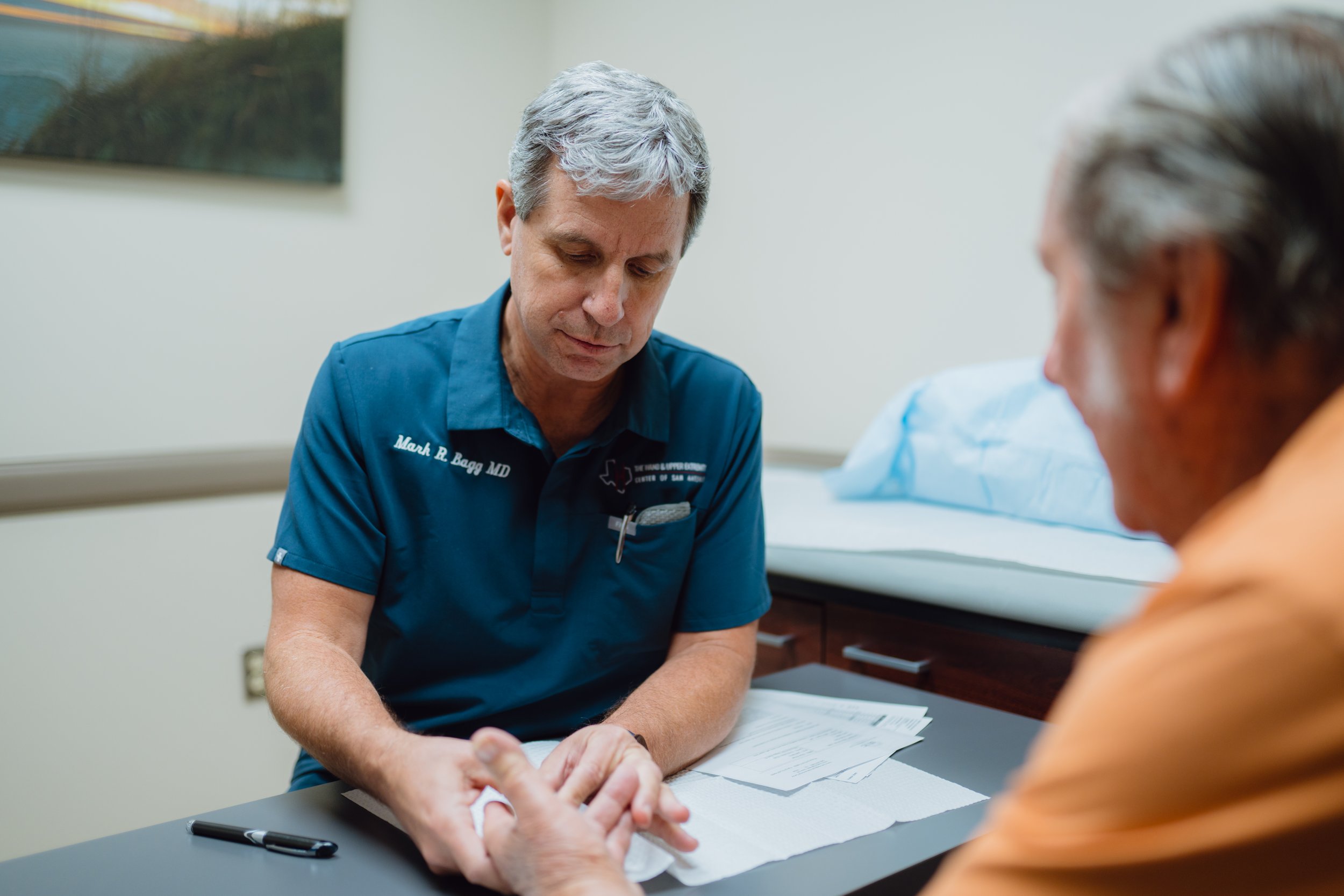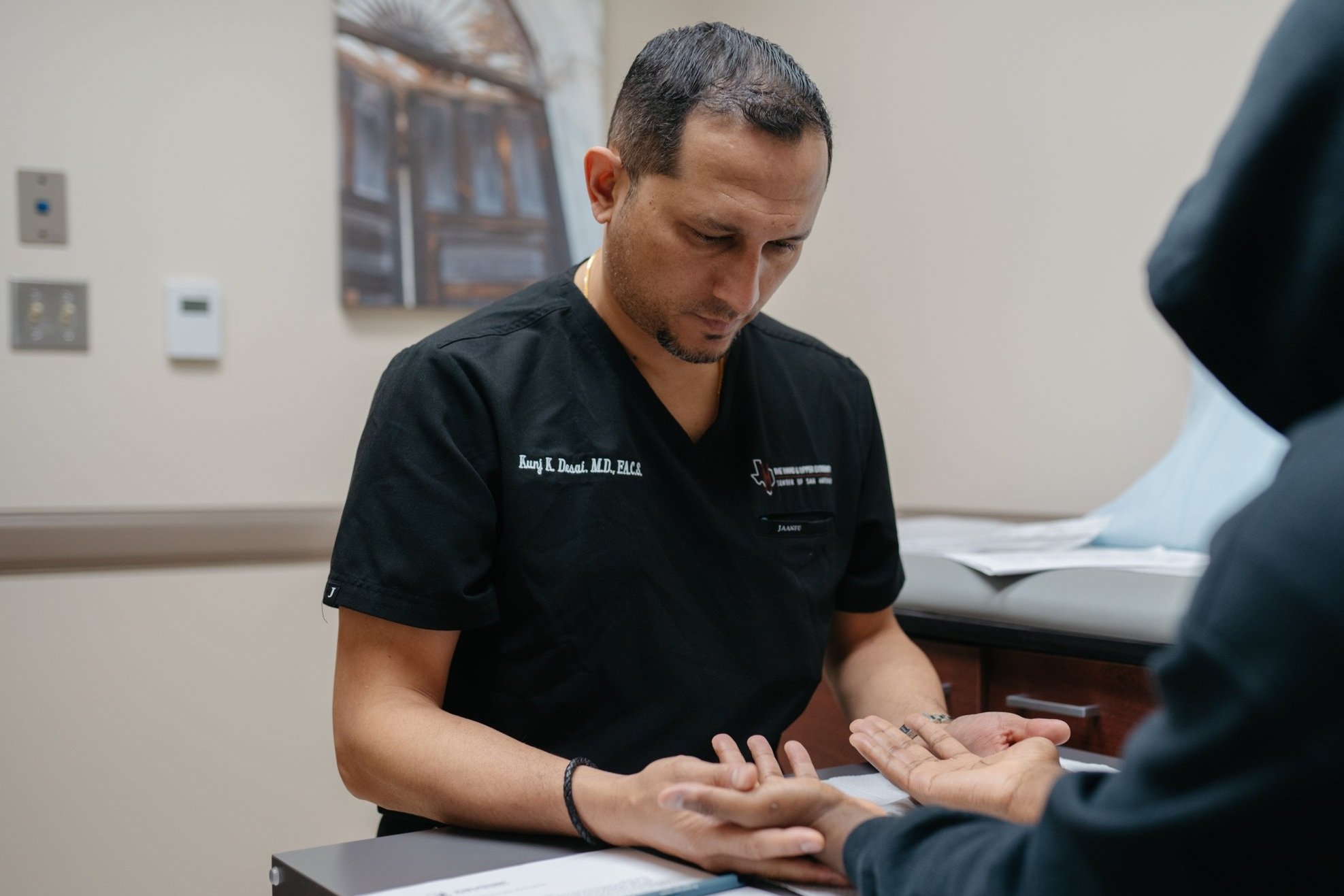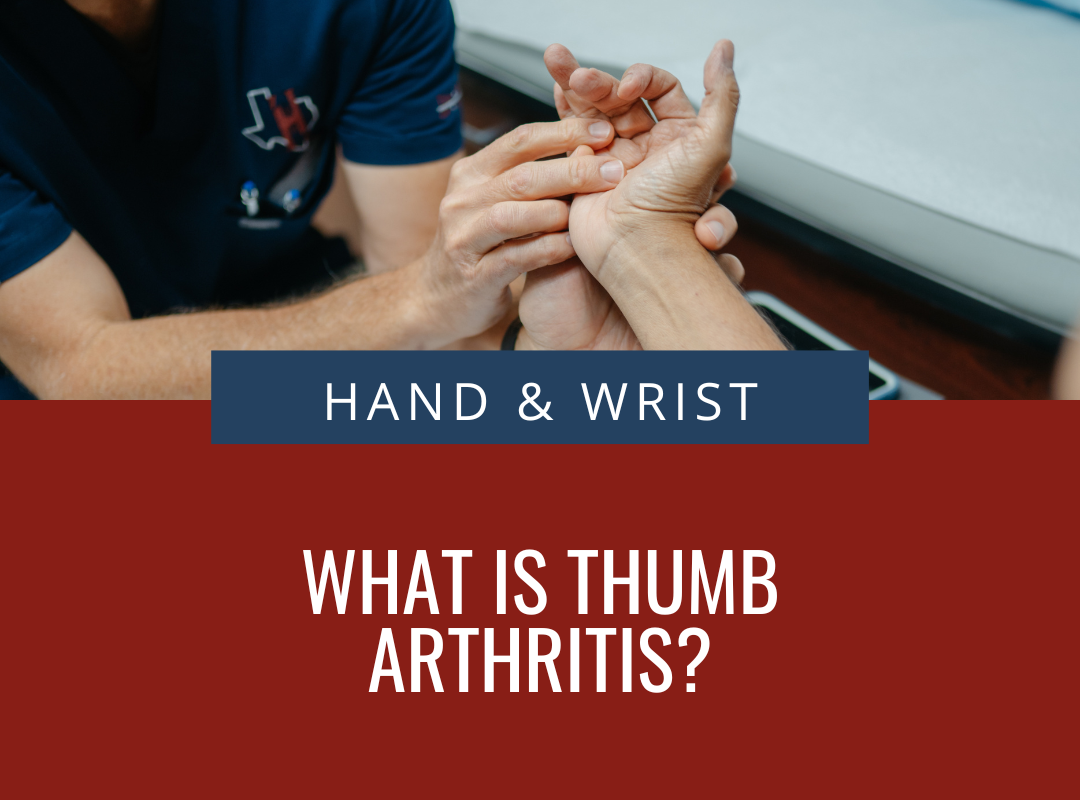
Distal Radius Fractures Experts in san antonio
A distal radius fracture, commonly known as a broken wrist, occurs when the lower end of the radius bone in your forearm is injured. This ailment is particularly prevalent among older adults and can result from falls or accidents. Distal radius fractures can range from minor hairline cracks to severe breaks with displacement. At The Hand & Upper Extremity Center of San Antonio, our dedicated team of specialists is committed to delivering exceptional care for patients suffering from distal radius fractures.
What is a distal radius fracture?
A distal radius fracture, often referred to as a broken wrist, can cause a variety of symptoms. Here are some common signs:
Immediate pain and tenderness: This is usually the most noticeable symptom, felt at the wrist or forearm.
Swelling and bruising: The area around the fracture may become swollen and bruised.
Deformity: In some cases, the wrist may appear bent or crooked.
Difficulty moving the wrist or hand: You may have trouble performing simple tasks like gripping or turning objects.
Numbness or tingling: In severe cases, you may experience numbness or tingling in your fingers.
What are the common symptoms of Distal radius Fracture?
Experiencing any of these symptoms? Don't hesitate to contact The Hand & Upper Extremity Center of San Antonio. Our team of skilled hand and wrist experts is dedicated to providing comprehensive care for distal radius fractures. With our specialized expertise and personalized treatment plans, we'll help you get back to doing what you love.
What are the treatment options for Distal radius fractures?
The appropriate treatment for a distal radius fracture depends on the severity of the injury. Here are some common treatment options:
Non-Surgical Treatment
For less severe fractures, a cast or splint is often used to immobilize the wrist and give the bone time to heal. This approach, known as immobilization, is often the initial step in the recovery process. Once the fracture has mended, physical therapy can help restore strength, flexibility, and function to your wrist and hand.
Surgical treatment:
For more severe fractures with significant displacement or bone loss, surgery may be necessary. Surgical options include:
Closed Reduction: This involves carefully manipulating the broken bones back into place without making an incision. The wrist is then immobilized to allow the bones to heal.
Open Reduction Internal Fixation (ORIF): This procedure involves making a small incision to expose the fracture site. Metal screws, plates, or pins are then used to stabilize the broken bones and hold them in place during healing.
To determine the best treatment plan for your distal radius fracture, consult with a hand and wrist specialist. Our team at The Hand & Upper Extremity Center of San Antonio has extensive experience in treating this condition and can provide personalized recommendations based on your individual needs.








why come to The Hand and Upper Extremity Center of San Antonio for distal radius fracture?
When you choose The Hand & Upper Extremity Center of San Antonio for your distal radius fracture, you're entrusting your care to a team of experienced professionals. Our physicians have a combined 100+ years of expertise in treating hand and wrist injuries, and our hand surgery fellows bring additional specialized knowledge to the table. Our dedicated staff is committed to your well-being, providing personalized care and ensuring a successful recovery. By choosing our center, you're investing in the highest quality care available for distal radius fractures.
Meet Our Physicians
-

David P. Green, M.D.
-

Mark Bagg, M.D.
-

David W. Person, M.D., F.A.C.S.
-

Ramesh C. Srinivasan, M.D.
-

Kunj Desai, M.D., F.A.C.S.
OTHER HAND & WRIST RELATED ISSUES WE CAN HELP WITH
DeQuervain’s Tendinitis
Dupuytren’s Disease
Flexor Tendon Laceration
Did you know we offer in-house therapy?
Hand therapy is a merging of occupational and physical therapy theory and practice that combines comprehensive knowledge of the structure of the upper limb with function and activity. Using specialized skills in assessment, planning and treatment, hand therapists provide therapeutic interventions to prevent dysfunction, restore function and/or reverse the progression of pathology of the upper limb in order to enhance an individual’s ability to execute tasks and to participate fully in life situations.



















